Integrating Google Tag Manager (GTM) with Google Analytics (GA) is a step you shouldn't neglect if you value precise data analysis. By linking these two powerful tools, you can significantly simplify and optimize tracking your data. In this guide, I will show you step by step how to perform the integration and which settings you should pay special attention to.
Key Takeaways
- You should create a variable in Google Tag Manager before starting the linking process. This will save you time later on.
- The tracking ID from Google Analytics is the key to the linking process.
- IP anonymization is an important aspect that you must consider in terms of data protection.
- You should carefully adjust the settings in your Google Tag Manager and Google Analytics to ensure that the data is accurately captured.
Step-by-Step Guide
Step 1: Create a Variable in Google Tag Manager
First, create a new variable in Google Tag Manager. This step is not mandatory but makes sense to save you time later on. To create a new variable, navigate to "Custom" and click on "New". Name the variable, for example, "Google Analytics Settings".
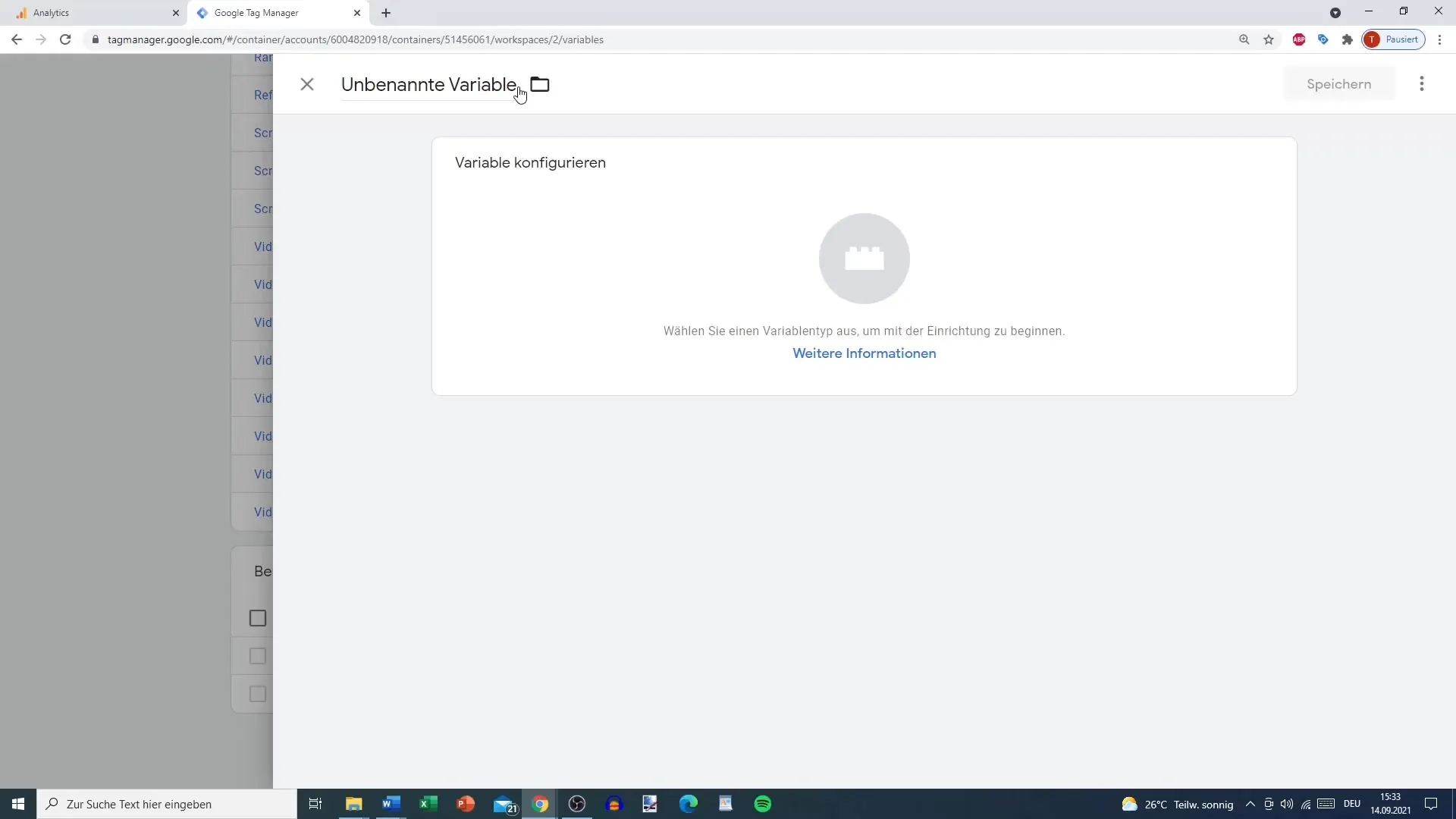
Step 2: Configure the Variable
Next, go to the settings of the newly created variable. Click on the "Utilities" tab and select "Google Analytics Settings". Here you can insert the required tracking ID that you will need later for the linking process.
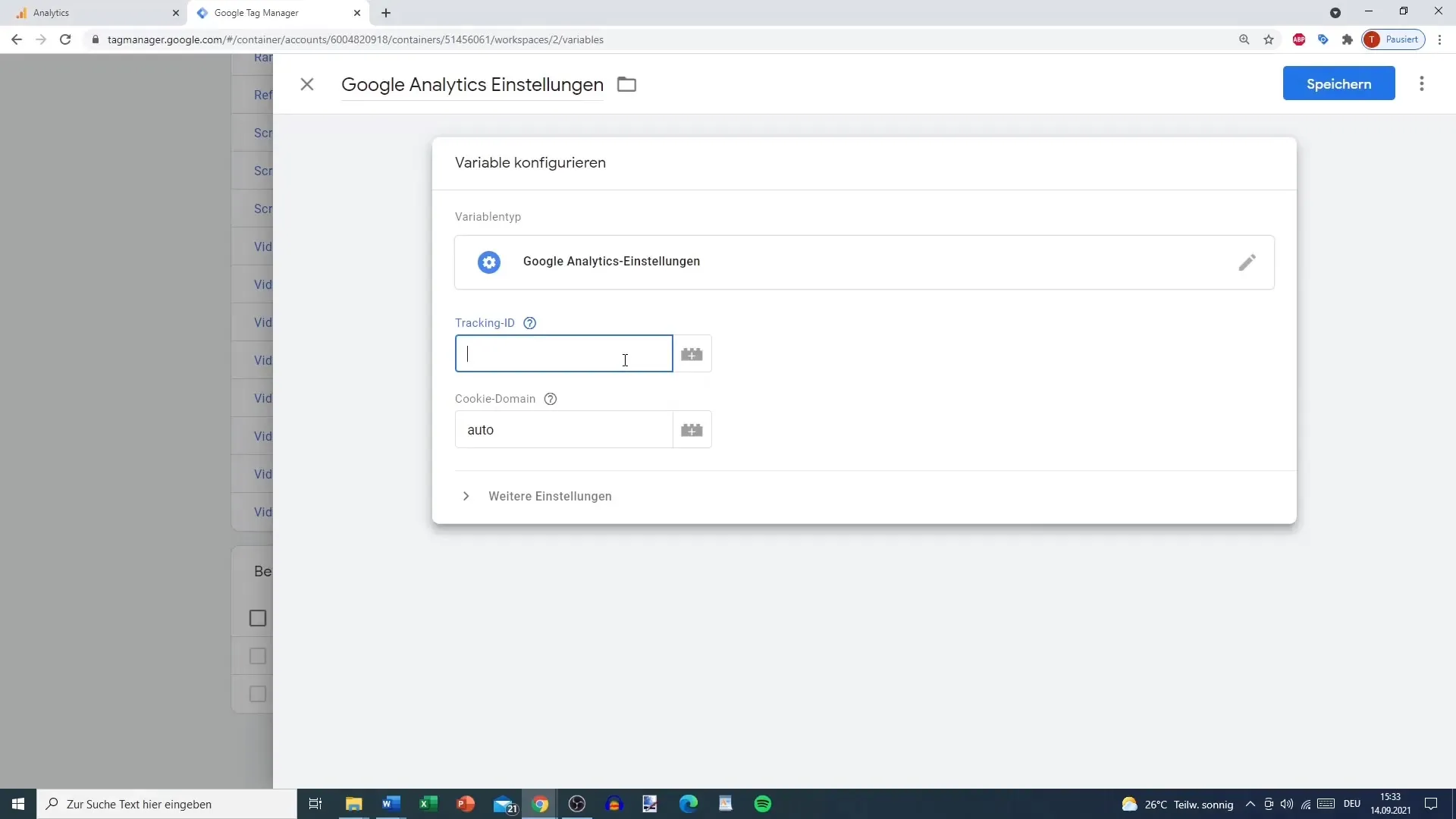
Step 3: Retrieve the Tracking ID
To get the tracking ID, you need to go into your Google Analytics account. Click on the "Admin" section and choose the relevant Property you want to link. Then navigate to "Tracking Info" and then to "Tracking Code". Here you will find the tracking ID, copy it for the next setting.
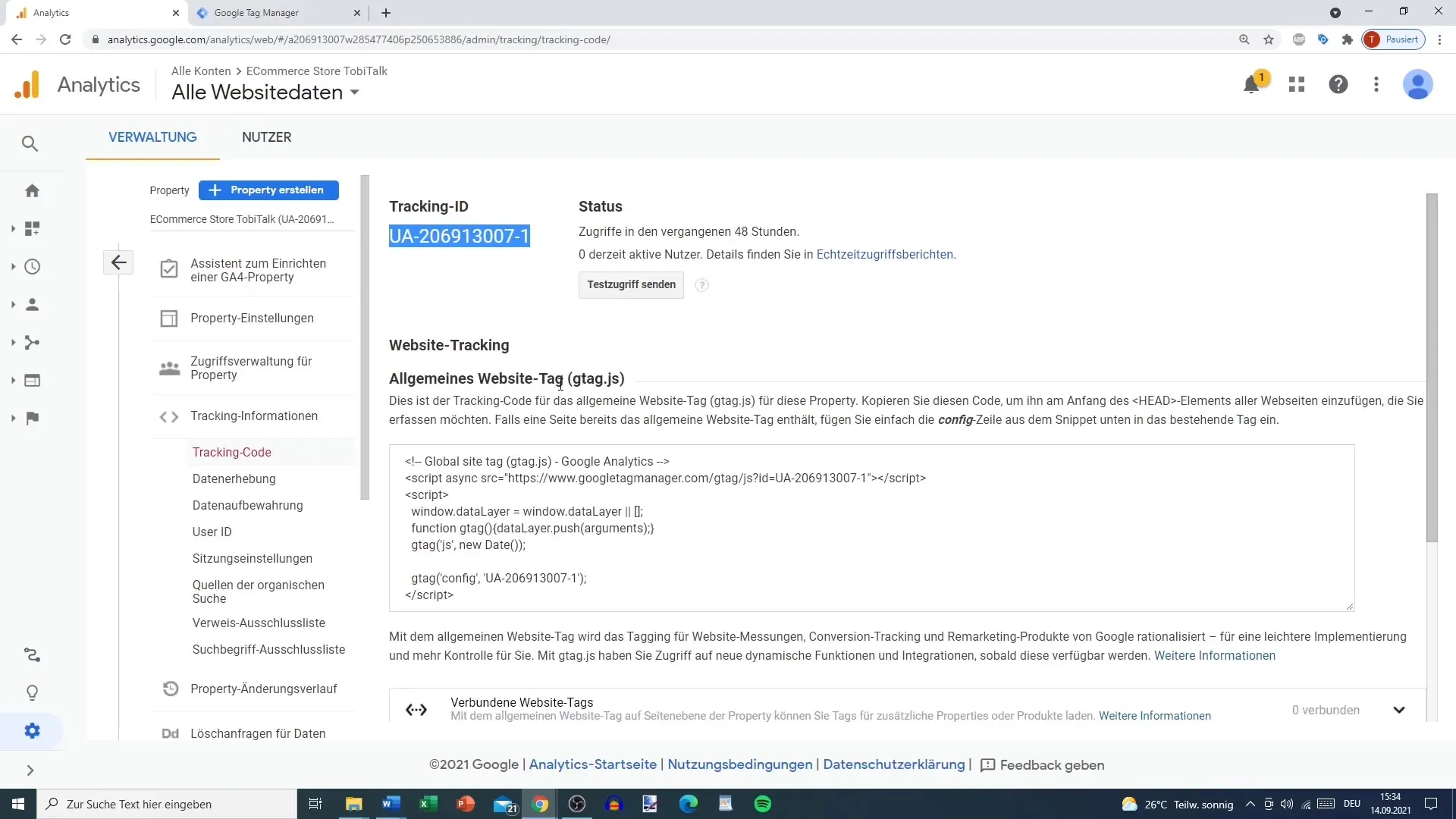
Step 4: Enable IP Anonymization
Another important point is IP anonymization. This is necessary to comply with data protection regulations such as GDPR. In the advanced settings of the variable, you can enter the field "anonymized". Set the value to "true" to ensure that the IP addresses are anonymized.
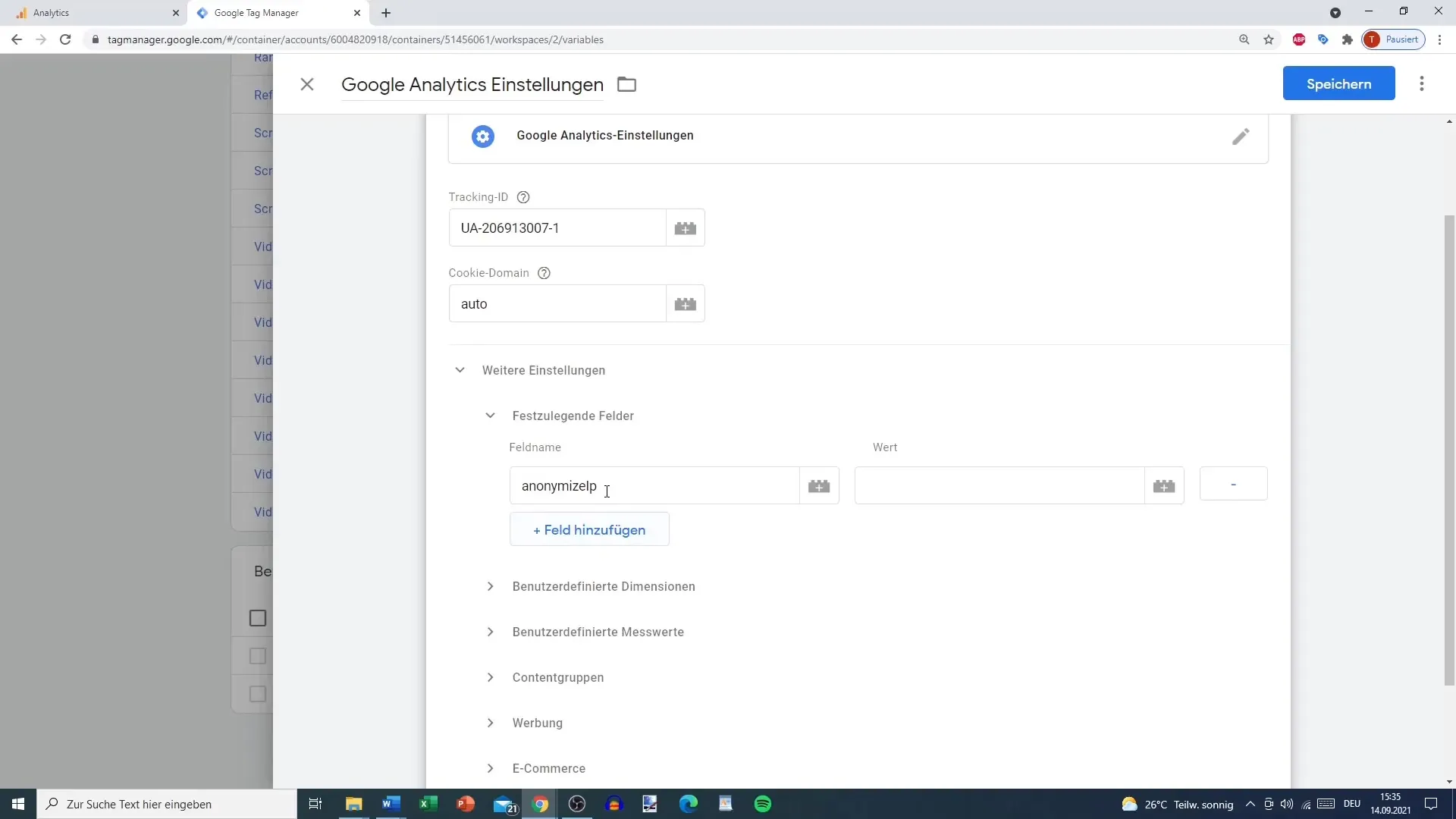
Step 5: Add a Tag
Once the variable is created, you can now add a new tag. Name this tag something like "Google Analytics Link". Select the tag configuration and decide which version of Google Analytics you are using, e.g., Universal Analytics or Google Analytics 4.
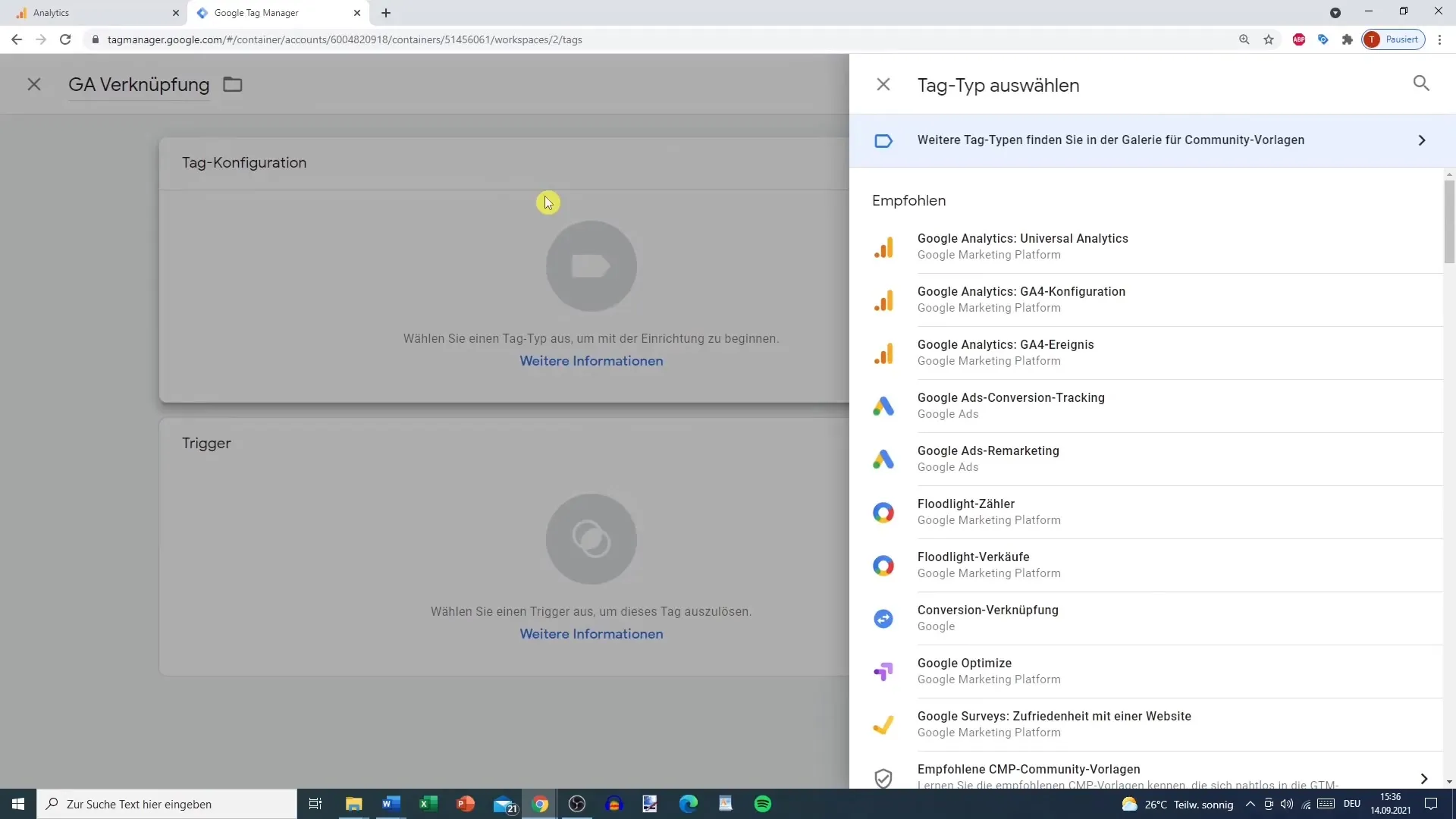
Step 6: Configure Triggers for Page Views
For the trigger, select "All Pages". This will trigger the tag on every page view, which is usually the desired standard. Click "Save" to secure your changes.
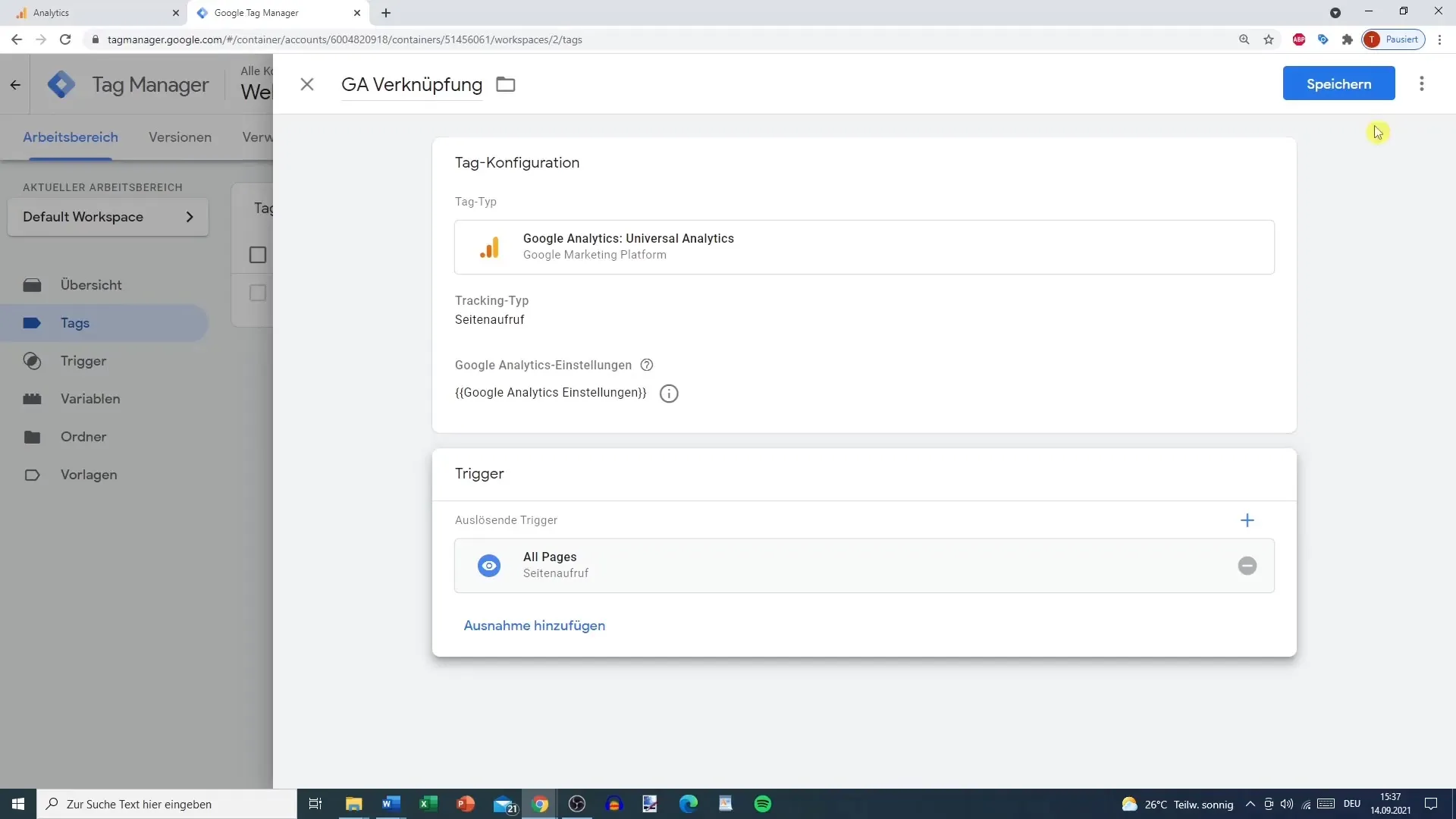
Step 7: Publish Changes
Now that Google Tag Manager is linked with Google Analytics, you can publish the changes. Go to "Submit" and confirm the steps to activate the link. You can also use the preview function here to ensure that everything is configured correctly before making the changes live.
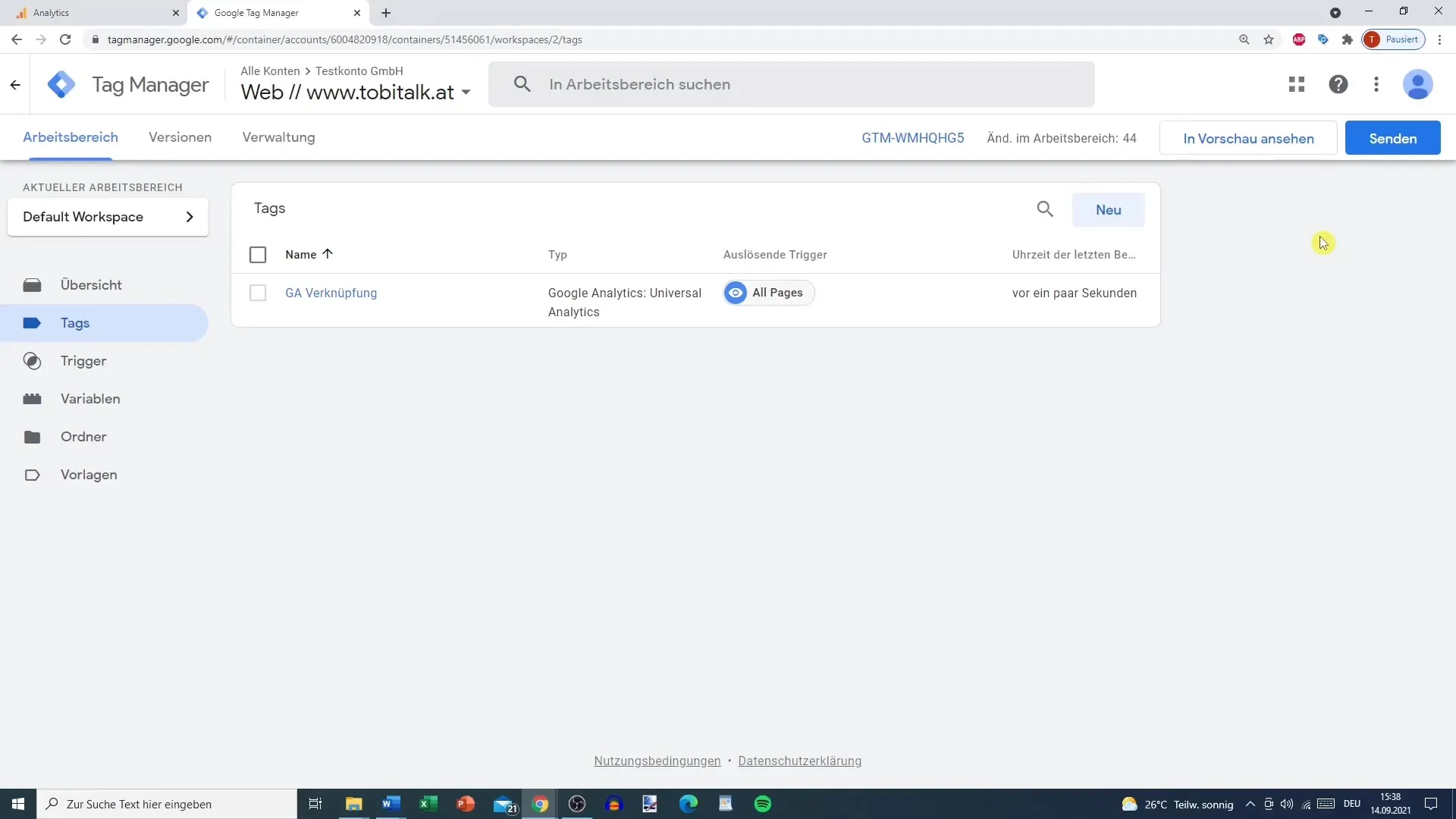
Summary
In this guide, you have learned the steps to link Google Analytics with Google Tag Manager. You have learned how to create and configure a variable, retrieve the tracking ID, and make the necessary settings for IP anonymization. Setting up these two tools correctly is essential to optimize the performance of your website and gather valuable data for decision-making.
Frequently Asked Questions
How do I create a variable in Google Tag Manager?Go to "Custom" and click on "New". Then name the variable, for example, "Google Analytics Settings".
Where can I find my Google Analytics tracking ID?In your Google Analytics account, navigate to "Admin", select the relevant Property, and go to "Tracking Info" and then to "Tracking Code".
Why is IP anonymization important?IP anonymization is necessary to comply with the data protection regulations of the GDPR and to protect the privacy of users.
How can I ensure that Google Tag Manager is working correctly?Use the preview feature in Google Tag Manager to verify that the settings are configured correctly before publishing the changes live.
What should I do if I want to use Google Analytics 4 or Universal Analytics?When creating the tag, you can select the appropriate Google Analytics version to ensure that the right configuration is being used.


